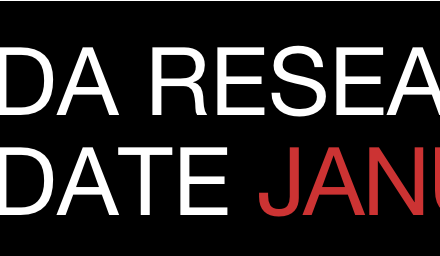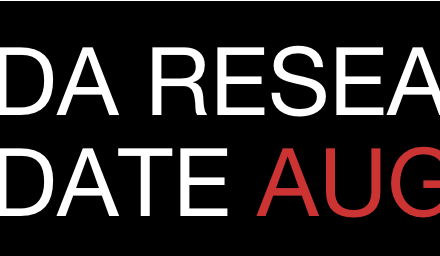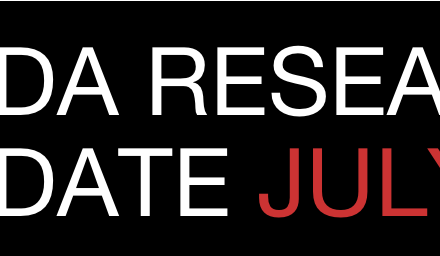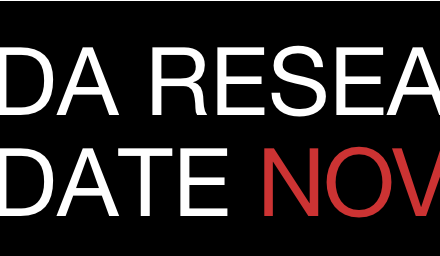Welcome to the monthly SHDA Research Update. Our specialists have selected 3 seminal papers that have been recently published in each speciality (perioperative medicine, cardiac imaging, cardiology, cardiothoracic surgery).
Perioperative Medicine
Summarised by Sarah Catchpoole
This review article provides a comprehensive guide to anaesthetistson intraoperative and perioperative echocardiographic assessment of the mitral valve. Major topics reviewed are surgical anatomy, establishment of the chronicity and severity of mitral regurgitation, and assessment of the repaired mitral valve to determine durability. The advantages and disadvantages of 3D echocardiography are also discussed.
Sevoflurane has demonstrated anti-inflammatory and cardioprotective benefits in preclinical studies, but clinical data are mixed. To test if systemic doses are too low in their local concentration, Kortekaas et al. delivered sevoflurane directly into the myocardium (n = 11) or systemically (n =5) in patients undergoing mitral valve repair. A control group (n = 10) received nothing. Intramyocardial delivery was superior to systemic delivery in attenuation of IL6 & IL8(p=0.001). Both intramyocardial and systemic delivery suppressed postoperative CRP levels compared with controls (p=0.01). However, there was no effect on postoperative markers of myocardial damage including troponin T and creatine kinase.

Patent foramen ovale is a common incidental finding in adult cardiac surgical patients. This brief expert review addresses best practice in echocardiographic diagnosis and detailed anatomic analysis. Management options are discussed according to risk and procedure.
Cardiac Imaging
Summarised by Sarah Catchpoole
Ryan et al. COCATS 4 Task Force 5: Training in Echocardiography. J Am Coll Cardiol 2015 May
A new training statement developed by COCATS for trainees performing echocardiographic examinations in adult patients with acquired and congenital heart diseases. The statement updates previously-published standards on the basis of changes in the field since 2008, and as part of a broader effort to establish consistent training criteria across all aspects of cardiology. They recommend all fellows should achieve Level II competency, which would prepare them to perform and interpret echocardiograms independently, as well as TOE, 3D, contrast, and stress echocardiography. This varies from prior versions of COCATS in which Level II training was considered optional and was provided only to those fellows who desired such training.
Controversy exists regarding the best imaging technique for sizing the aortic annulus during TAVI. Wang et al. compare the accuracy of 2-dimensional TOE and CT angiography (CTA) with direct measurement during surgical AVR in 227 patients. CTA overestimated aortic annulus diameter in 72.2% of cases, with 46.3% >1 TAVI valve-size (>3 mm) overestimations, whereas TOE underestimated aortic annulus diameter in 51.1% of cases, with 16.7% >1 valve-size underestimations. Combining both techniques improved the estimation of aortic annular size, correlating well with intraoperative measurements and exhibited robust power in predicting the true annular diameter in cross validation.
Adverse RV remodelling in pulmonary hypertension (PH) can herald progresses to a decompensated phase associated with catastrophic clinical deterioration and death within a year. However, differentiating RV adaption from the adverse remodelling associated with poor outcomes is difficult. The authors assess the potential adjunctive role of noninvasive 3D echocardiography in this setting. A prospective study of 92 patients with PH and 20 normal controls found that large RV volumes and low RVEF were associated with a poor prognosis. Patients with PH could be classified into 3 groups: RV adapted, RV adapted–remodelled, and RV adverse–remodelled, whose clinical outcomes were not identified by invasive hemodynamic measurements alone. Expectedly, patients with PH & RV adapted have better outcomes than those with RV adapted–remodelled, who had better outcomes than those with RV adverse–remodelled.
Cardiology
Summarised by Sarah Catchpoole
Medical therapy to eliminate thrombus formation in the LAA in patients with AF has been the standard for several decades. Several mechanical approaches that are designed to exclude the LAA from the circulation, such as the Watchman device, have recently been approved but lack current guidelines. This review aims to provide guidance for operators and institutions implementing a LAA occlusion program to optimize patient selection, procedural performance, and outcome.
TAVI has been rapidly adopted as the primary treatment choice in inoperable or high risk patients with aortic stenosis. This review discusses the aetiology, diagnosis, management, and outcomes of transcatheter heart valve (THV) failure. The authors identified 70 publications reporting on 87 individual cases of THV failure. Similar to surgical bioprosthetic heart valve failure, there were cases of prosthetic valve endocarditis, structural valve failure, and THV thrombosis. Two novel causes of failure unique to THV were also identified: late THV embolization (n =18), mandating surgery in 80% of patients; and THV compression (n = 7) following cardiopulmonary resuscitation (CPR). Transcatheter heart valve compression was also noted at post-mortem in most cases. Thus, THV function should be evaluated following CPR in all THV recipients.
To date, no medical therapy has been shown to be beneficial in delaying the onset or symptoms of aortic stenosis. The physiological effects of ramipril were investigated in 100 patients with moderate to severe asymptomatic AS in a prospective, randomized, double-blind, placebo-controlled trial. Subjects received ramipril 10 mg daily (n = 50) or placebo (n = 50) for 1 year. Follow up data at 0, 6, and 12 months was available in 77 patients. The ramipril group had a modest, but progressive reduction LV mass regression compared with placebo, with trends towards improvements in myocardial physiology and slower progression of valvular stenosis.
Cardiothoracic Surgery
Summarised by Andrew Haymet
The indications and outcomes for concomitant tricuspid during mitral valve repair are unclear. Chikwe et al. analysed follow-up echocardiography in 645 patients who underwent MV surgery with routine concomitant tricuspid annuloplasty for moderate TR or tricuspid annular dilatation. Multivariate analysis found that tricuspid annuloplasty was independently associated with freedom from late moderate TR (p=0.04), and was an independent predictor of recovery of right ventricular function (p=0.02). The authors concluded that this technique is safe, effective and associated with improved right-sided long-term remodelling.

Mazzitelli et al. investigated the safety and efficacy of a novel internal geometric annuloplasty ring in 65 patients who underwent aortic valve repair for predominant moderate to severe tri-leaflet aortic regurgitation. 3 year Kaplan-Meier survival rate was 95%, with no valve related mortality. There were also no in-hospital operative mortalities, major complications or valve-related events (both early and late). It was concluded that geometric ring annuloplasty is a safe and efficacious adjunct to aortic valve repair, with more standardised and improved outcomes expected with increased operator experience.
The decision between prosthesis types in patients <60 years old undergoing aortic valve replacement is complex. Bourguignon et al. investigated 373 patients who had Carpentier-Edwards Perimount pericardial bioprostheses implanted between 1984-2008 (mean age 51.0 ± 9.2 years). Over the follow-up period of 8.6 ± 5.9 years, operative mortality was 1.3%, with subsequent mortality at a linearized rate of 2.6%/valve-year. Expected valve durability was 17.6 years for this age group, with a reoperative mortality rate of 2.3%.

















